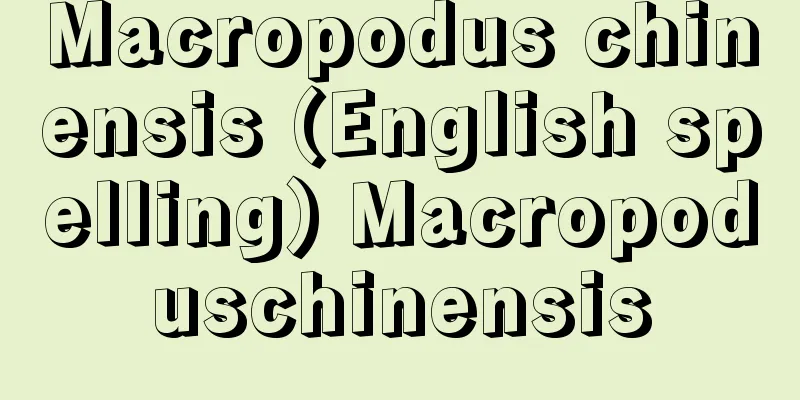Heike Nyogo Island

|
Joruri Gidayubushi (a type of Japanese chant). Historical piece. Five acts. Written by Chikamatsu Monzaemon. First performed at the Takemotoza Theater in Osaka in August 1719 (Kyoho 4). Based on the Tale of the Heike, it dramatizes Taira Shigehira's burning of Nara, the exiles to Kikaigashima, the hardships of Tokiwa Gozen and Ushiwakamaru, Kiyomori's death from illness, and Yoritomo's uprising. The title comes from the third act, "Suzaku Palace," in which Tokiwa Gozen pretends to indulge in lust to attract men from the street in order to gather allies of the Genji clan, but it is the second act, "Kikaigashima," in which Tokiwa Gozen is known by the nickname "Shunkan." After their plot to overthrow the Taira clan was foiled, Shunkan, the monk, Yasuyori, the Taira judge, and Naritune, the junior general of Tanba, were exiled to Kikaigashima Island. When a ship carrying pardons arrived from the capital, carrying Seno Taro and Tanzaemon as envoys, Shunkan's name was left out of the pardon letter, and he was heartbroken. Tanzaemon, under orders from Taira Shigemori, allowed Shunkan to board the ship to Kyushu, but the diver Chidori, who was in love with Naritune, was refused board by the heartless Seno. Unable to bear the grief, Shunkan fought and killed Seno, took Chidori on board in his place, and remained on the island alone to watch the ship sail away. While tracing the Noh play "Shunkan," the play adds color through the love between Chidori and Naritune, giving Shunkan a unique character. In Kabuki, the performance makes brilliant use of the revolving stage and the effects of the wave cloth to portray the sadness of Shunkan, who tries to attain enlightenment but is unable to do so in the final act. [Toshiaki Matsui] "Japanese Classical Literature Series 50: Chikamatsu Joruri Collection, Vol. 2" (1959, Iwanami Shoten), edited by Morizui Kenji and Okubo Tadakuni" [Reference] |Source: Shogakukan Encyclopedia Nipponica About Encyclopedia Nipponica Information | Legend |
|
浄瑠璃義太夫節(じょうるりぎだゆうぶし)。時代物。五段。近松門左衛門作。1719年(享保4)8月、大坂・竹本座初演。『平家物語』をもとに、平重衡(しげひら)の南都焼討ち、鬼界ヶ島の流人、常盤御前(ときわごぜん)と牛若丸の苦心、清盛の病死、頼朝(よりとも)の旗揚げなどを脚色。題名は、三段目「朱雀(すざく)御所」で、常盤御前が源氏の味方を集めるため、色欲にふけるとみせて往来の男を引き入れるという筋に由来するが、有名なのは二段目「鬼界ヶ島」で、「俊寛(しゅんかん)」の通称で知られる。平家転覆の陰謀破れ、鬼界ヶ島に流刑となった俊寛僧都(そうず)、平判官康頼(やすより)、丹波(たんば)少将成経(なりつね)は、都から瀬尾(せのお)太郎と丹左衛門(たんざえもん)を上使とした赦免の船が着いたのに、俊寛だけが赦免状に名が漏れ、嘆き悲しむ。平重盛(しげもり)の命を受けた丹左衛門によって俊寛は九州までの乗船を許されるが、成経と愛し合う海女千鳥(あまちどり)は無情な瀬尾から同船を拒まれる。悲嘆を見かねた俊寛は、瀬尾と闘ってこれを殺し、自分のかわりに千鳥を乗せ、ひとり島に残って、遠ざかる船を見送る。謡曲『俊寛』をなぞりながら、千鳥と成経の恋によって彩りを加え、俊寛に特殊な性格を与えたもの。歌舞伎(かぶき)では、終段の俊寛の悟ろうとして悟りきれない悲哀を描くのに、回り舞台と浪布の効果を活用した演出が光っている。 [松井俊諭] 『守随憲治・大久保忠國校注『日本古典文学大系50 近松浄瑠璃集 下』(1959・岩波書店)』 [参照項目] |出典 小学館 日本大百科全書(ニッポニカ)日本大百科全書(ニッポニカ)について 情報 | 凡例 |
<<: Heike noukyou - Heike noukyou
Recommend
Mathematical table
A table of values of function f ( x ) correspond...
Euler product
… The p on the right-hand side runs through all t...
Stuchka (English spelling) Pyotr Ivanovich Stuchka
1865‐1932 A Latvian revolutionary and veteran Bols...
Trichophyton rubrum
...Dermatophytosis is mainly caused by infection ...
Cabaret Voltaire
A British group that became the origin of industr...
English Grass Paper - Hanabusa Soushi
A reading book from the Edo period. Written by Ki...
Acyl chloride
…In a broad sense, it is a general term for compo...
Kitakinuma
…It is also called Sugenuma. It is a dammed lake ...
Prohibition of Christianity
The Edo Shogunate's religious policy. One of ...
Summer green forest - Karyokurin
A forest that loses its leaves in the winter due ...
Organogel
…Gels made from gelatin and agar are typical exam...
Gyokumon
A county-level city in the northwest of Gansu Pro...
vassalité (English spelling) vassalite
… 【Europe】 Here we will only explain the concept ...
Africaan
…Nevertheless, whites occupy nearly 90% of the la...
Ladies' Home Journal
…In the United States, following Godey's Lady...









